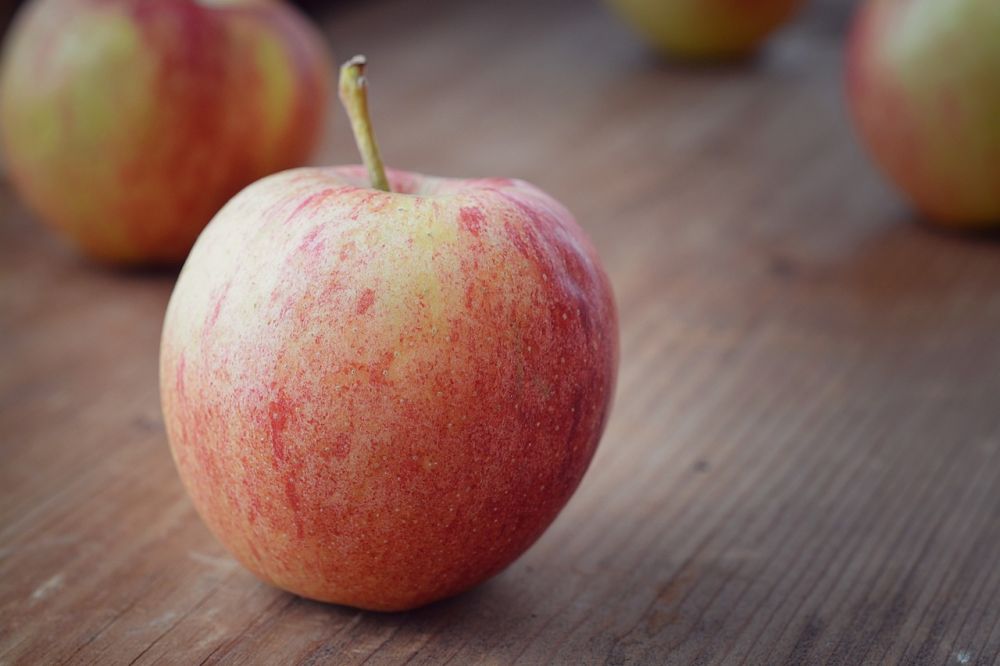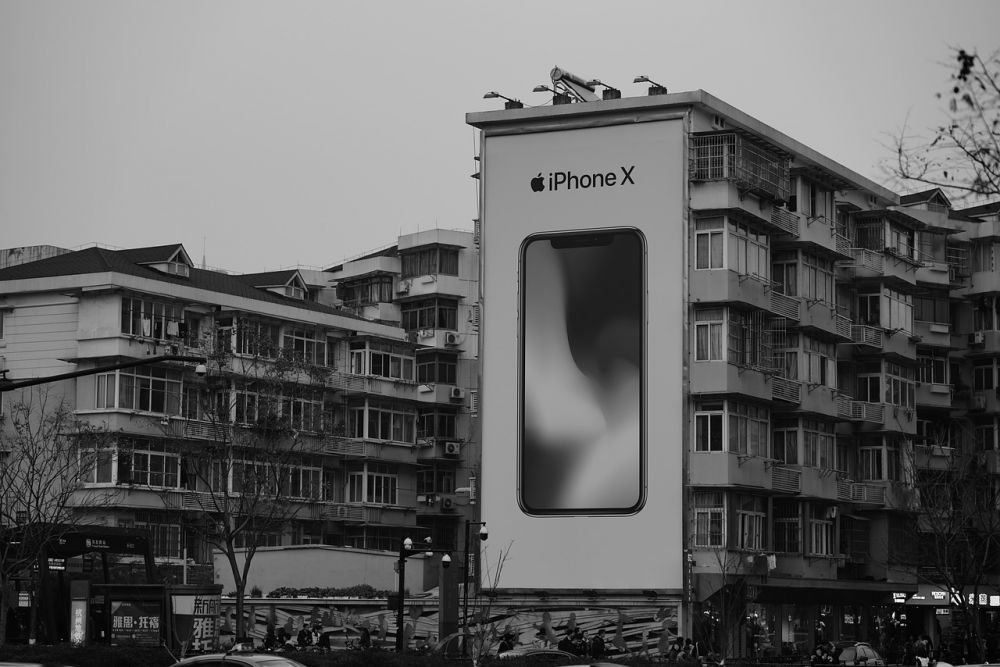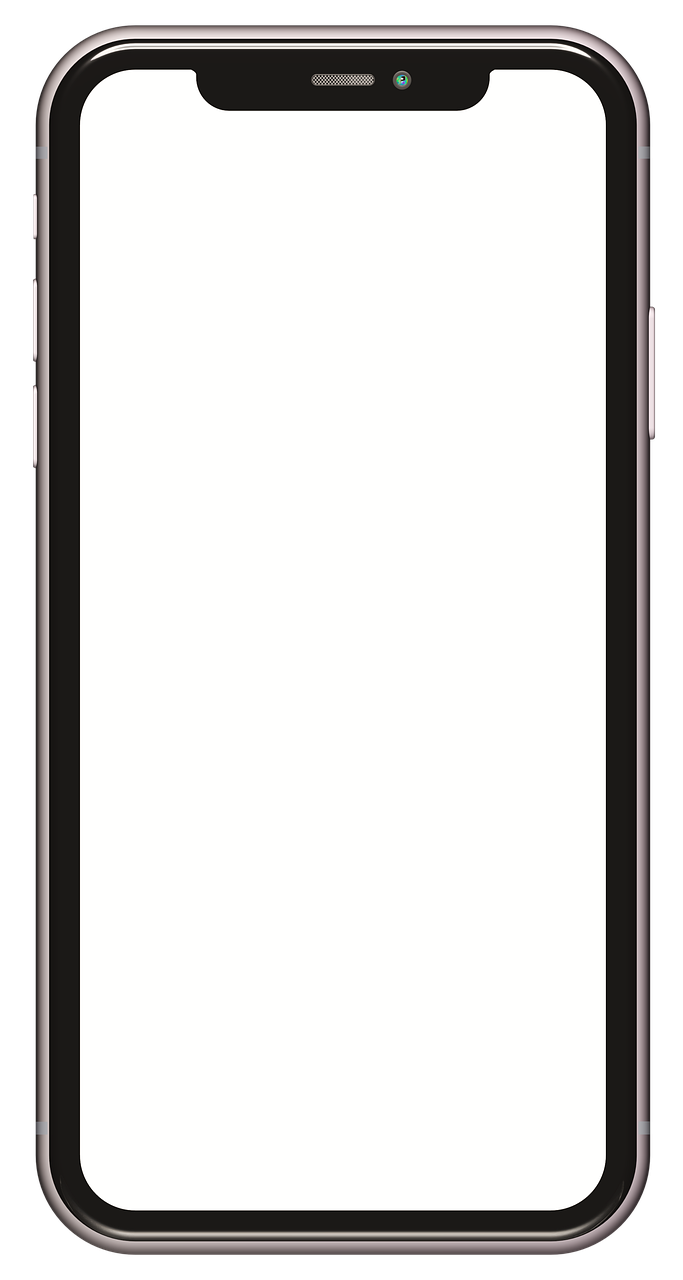Apple Wallpaper: A Comprehensive Guide to the World of Apple-Themed Backgrounds

Introduction:
Apple Wallpaper has become an essential aspect of personalizing Apple devices in recent years. From iPhones to MacBooks, users are constantly searching for ways to add some flair to their screens. In this article, we will provide an in-depth overview of Apple Wallpaper, exploring its types, popularity, quantitative measurements, and the distinguishing features of various options. Additionally, we will take a historical journey to analyze the pros and cons associated with different Apple Wallpaper choices.
1. Overview of Apple Wallpaper:

Apple Wallpaper refers to the background image displayed on Apple devices, including iPhones, iPads, and MacBooks. It enables users to customize their screens, reflecting their personal tastes and preferences. These wallpapers can range from simple patterns to intricate designs, incorporating various themes such as sports, nature, or art.
2. Comprehensive Presentation of Apple Wallpaper:
2.1 Types of Apple Wallpaper:
a) Static Wallpaper: The traditional form of Apple Wallpaper, static options display a single image without any animation or movement. These wallpapers are popular for their simplicity and aesthetic appeal.
b) Dynamic Wallpaper: Dynamic Apple Wallpaper includes animated graphics that change over time or based on specific conditions. Users can choose from a range of pre-installed dynamic wallpapers or create their own using specialized applications.
c) Live Wallpaper: Similar to dynamic wallpapers, live wallpapers incorporate both animations and interactiveness. These wallpapers can respond to touch or device movement, providing a more immersive user experience.
2.2 Popular Apple Wallpaper Choices:
a) iOS Stock Wallpapers: Apple devices come with a selection of pre-installed wallpapers tailored to the specific iOS version. These wallpapers often feature visually stunning landscapes or abstract designs.
b) Customized Wallpapers: Numerous websites and applications offer customized Apple Wallpaper options. Users can choose from an extensive collection of designs, including those inspired by movies, artwork, or popular culture.
c) Personal Photos: A unique approach to Apple Wallpaper involves using personal photographs as the preferred background. This option allows users to infuse their devices with sentimental value and memories.
3. Quantitative Measurements of Apple Wallpaper:
Apple wallpaper has garnered immense popularity, with numerous statistics showcasing its prominence among Apple device users. According to a recent survey of iPhone users:
– 85% of respondents customized their iPhone wallpaper.
– 65% changed their iPhone wallpaper at least once a month.
– 42% preferred dynamic or live wallpapers over static options.
– 78% reported feeling more satisfied with their device’s aesthetic after changing the wallpaper.
4. Discussion on Distinguishing Features of Apple Wallpaper:
Apple Wallpaper can differ significantly in terms of design, functionality, and overall appeal. Some key distinguishing features include:
– HD/Retina Display: High-resolution wallpapers that display pixel-perfect images, maximizing the visual experience.
– 3D Parallax Effect: This effect, exclusive to iOS, creates an illusion of depth by using the device’s motion sensors to make the wallpaper move subtly as the device is tilted.
– Integration with App Icons: Certain wallpapers seamlessly integrate with the icons on the home screen, creating a cohesive and visually pleasing look.
– Color Palette: Wallpapers can offer vibrant or muted color schemes, allowing users to create a specific mood or theme.
5. Historical Review of Pros and Cons of Apple Wallpaper:
Over time, Apple Wallpaper has evolved, offering various advantages and disadvantages. Let’s delve into its historical progression:
– Early Days: Initially, Apple devices came with limited wallpaper options, mostly consisting of simple patterns. While this maintained a clean aesthetic, users craved more personalized choices.
– Advancements: As technology advanced, Apple introduced dynamic wallpapers, giving users more interactive and visually engaging options.
– Battery and Performance: One downside of dynamic or live wallpapers is their potential impact on battery life and device performance, as these wallpapers require continuous animation or interaction.
– Customization: The rise of customization options allowed users to unleash their creativity, adding personality to their Apple devices.
– Visual Appeal: Apple Wallpaper has continually improved in terms of visual quality, with Retina displays and high-resolution wallpapers enhancing the overall experience.
Conclusion:
Apple Wallpaper is an essential aspect of personalizing Apple devices, offering users the opportunity to express their individuality. With a wide range of options and a continually evolving landscape, Apple Wallpaper provides a customizable and visually appealing experience. By exploring the different types, popularity statistics, distinguishing features, and the historical progression of Apple Wallpaper, users can make informed decisions to find the perfect background that enhances their device’s aesthetic appeal.





